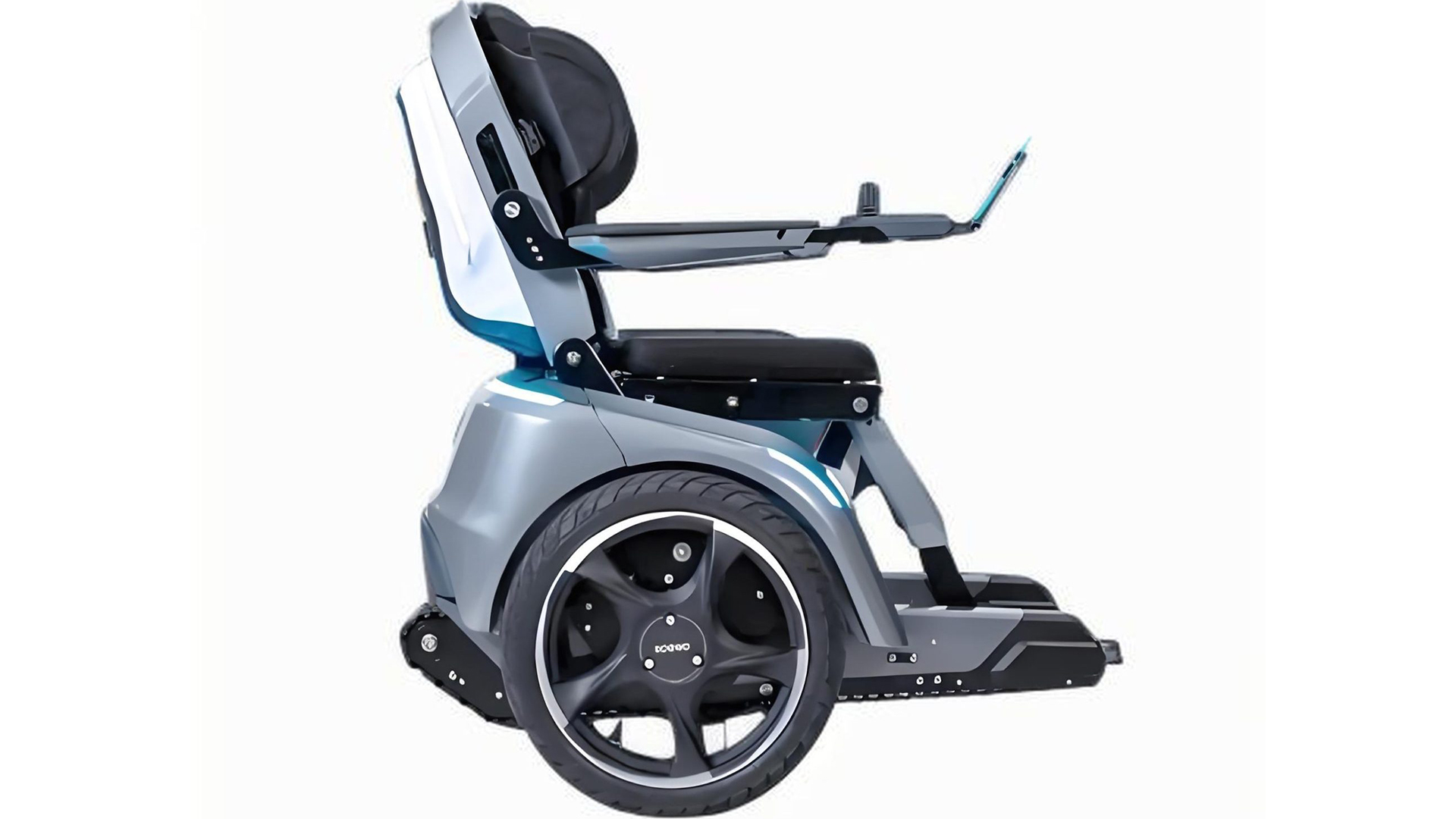
Specialized Battery-Powered Vehicles for Healthcare & Accessibility
Engineered for medical environments with advanced features including a reliable backup battery system, ensuring uninterrupted service for patients and healthcare providers.
Revolutionizing Healthcare Transportation
In the daily operations of medical institutions, battery-powered vehicles have become the ideal choice for disabled transportation and medical service delivery, thanks to their unique advantages. Their detailed design fully caters to the special needs of medical scenarios, with each component meticulously engineered to enhance safety, comfort, and efficiency. A critical component of these vehicles is the backup battery system, which ensures continuous operation even during extended usage periods or unexpected power demands.
These specialized vehicles represent a significant advancement in healthcare logistics, addressing the unique challenges of medical environments through innovative design and technology. From transporting patients with mobility challenges to safely delivering sensitive medical supplies, these vehicles are transforming how healthcare facilities operate, with the backup battery providing an essential layer of reliability that medical professionals depend on.
The integration of advanced battery technology not only reduces environmental impact compared to traditional fuel-powered vehicles but also ensures quieter operation, which is crucial in healthcare settings where noise reduction contributes to patient recovery. The inclusion of a high-capacity backup battery further enhances this reliability, making these vehicles indispensable in modern medical facilities.
Vehicles for Persons with Disabilities
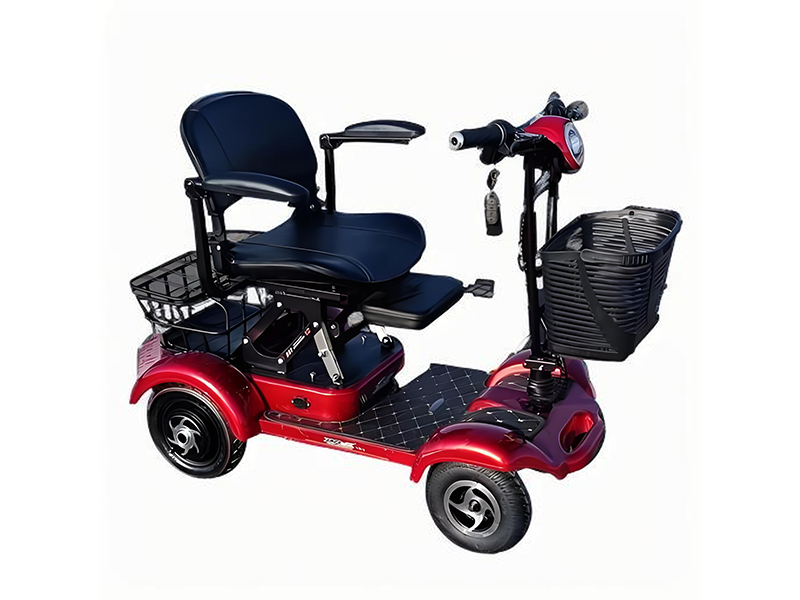
Ergonomic Design for Accessibility
Specifically designed for persons with disabilities, these vehicles feature a low-center-of-gravity chassis combined with electrically adjustable boarding pedals. When deployed, the step has a height difference of only 12 centimeters from the ground, with an anti-slip surface texture that effectively reduces the risk of tripping when passengers get on or off the vehicle.
The electrical system that powers these adjustments is supported by a dedicated backup battery, ensuring that accessibility features remain operational even if the main power source encounters issues. This attention to reliability ensures that users can always access the vehicle's accessibility features when needed.
Low step height minimizes lifting and tripping hazards for safe boarding
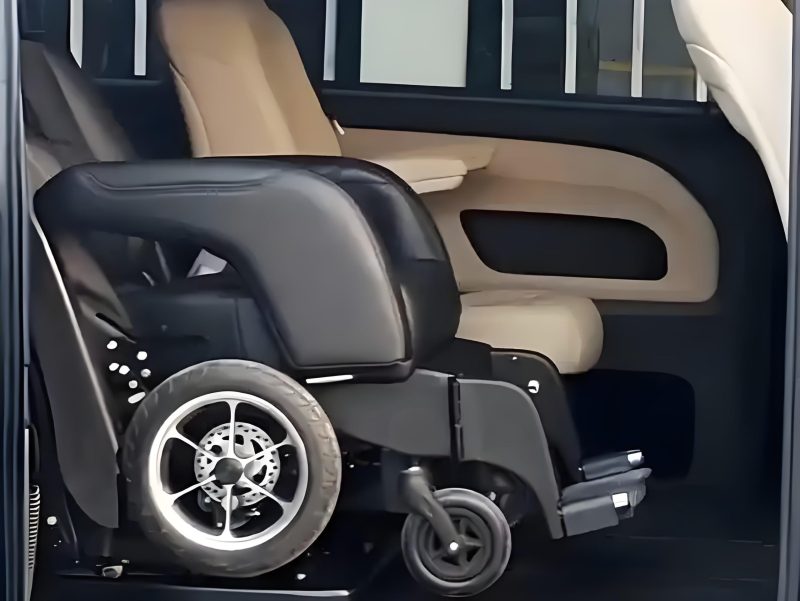
Optimized Interior Space
The interior space has been carefully optimized to provide a width of 1.2 meters, sufficient to accommodate various types of wheelchairs. The wheelchair securing system utilizes a four-point seatbelt buckle made from medical-grade nylon, capable of withstanding a pulling force of 800 Newtons.
The entire securing process can be completed in just 30 seconds, significantly reducing the time required for passenger boarding and disembarking. The electrical components of the securing system are designed to operate efficiently on the vehicle's power system, with the backup battery ensuring functionality during any unexpected power fluctuations.
This combination of spacious design and efficient securing mechanisms creates a vehicle interior that balances comfort with safety, while the backup battery provides the peace of mind that these critical systems will remain operational when needed most.
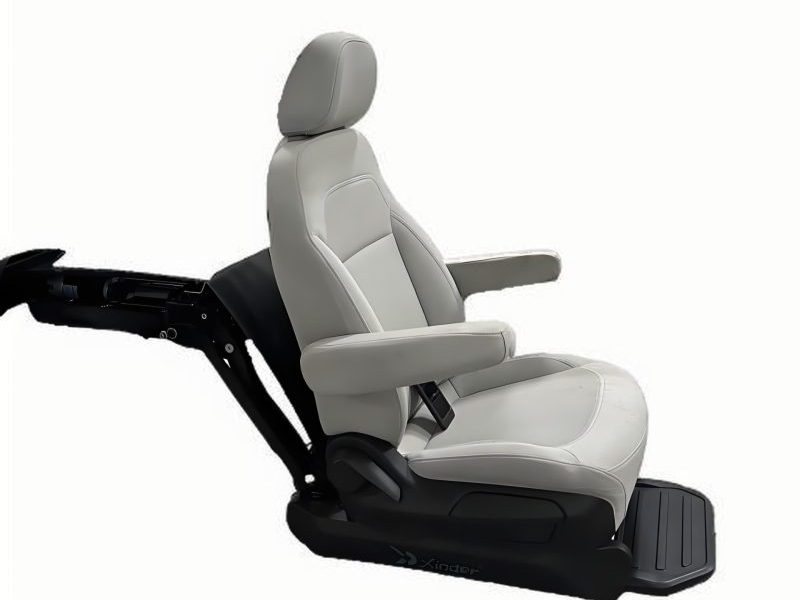
Comfortable Seating Solutions
The seat back angle can be adjusted between 100° and 120°, allowing passengers to find their optimal position for comfort during transportation. The seats are equipped with memory foam cushions that effectively distribute pressure, preventing pressure sores that can result from prolonged sitting.
These ergonomic features are particularly important for individuals with limited mobility who may need to remain seated for extended periods. The electrical adjustment mechanisms are designed with energy efficiency in mind, with the backup battery ensuring that these adjustments can still be made even if the main battery is running low.
Adjustable Angles
100°-120° range for personalized comfort
Memory Foam
Pressure distribution to prevent sores
Medical Service Transportation
Pharmaceutical Transport Solutions
Dual-Zone Refrigeration
Vehicles used for pharmaceutical transport are equipped with dual-zone refrigerated containers. The refrigerated zone maintains a stable temperature of 2-8°C, while the frozen zone can sustain -15°C, ensuring optimal storage conditions for various medications.
Antimicrobial Protection
The inner walls of the containers are made of antimicrobial stainless steel, ensuring that bacterial survival rate is less than 0.01% per square centimeter, maintaining the sterility of medical supplies during transport.
Secure Sealing
The container door seals are made of food-grade silicone, achieving a complete seal when closed. This ensures the storage safety of special medications such as vaccines and biological agents, with temperature monitoring systems powered by the vehicle's reliable battery and backup battery.

Specimen Transport Systems
Vehicles responsible for specimen transport feature shock-absorbing storage compartments with 3-centimeter thick sponge padding. Each compartment measures 20 cm × 15 cm × 10 cm, perfectly accommodating standard specimen containers.
During vehicle operation, even when traversing bumpy roads, the specimen movement within the compartments is controlled to less than 5 degrees, preventing specimen hemolysis that could affect test results. The electronic monitoring systems for these compartments rely on the vehicle's stable electrical supply, with the backup battery ensuring continuous operation.
This level of precision in specimen handling represents a significant advancement in laboratory logistics, ensuring that diagnostic samples arrive in optimal condition for testing. The inclusion of a backup battery in these systems provides an additional layer of security for these critical transport operations.
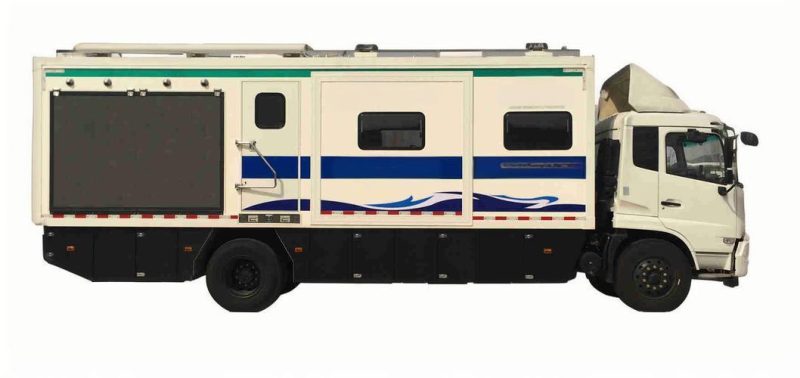
Specimen Transport Advantages
Minimal Movement
Less than 5° movement during transport
Perfect Fit
Custom-sized for standard specimen containers
Continuous Monitoring
Powered by main and backup battery systems
Performance Specifications
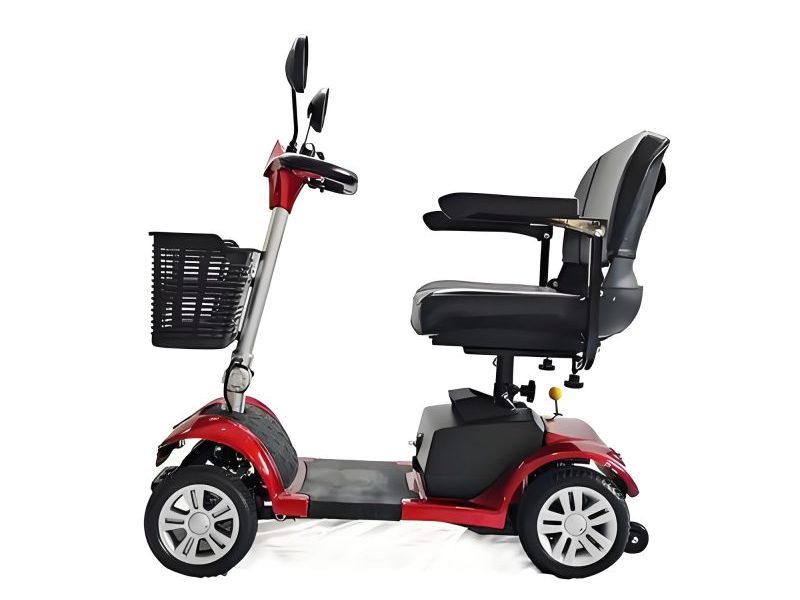
Power and Efficiency
These vehicles are equipped with a high-capacity 60Ah lithium battery that provides reliable power for all onboard systems. The charging time is approximately 4 hours, and the vehicle can achieve a range of up to 80 kilometers on a full charge, completely meeting the needs of internal hospital transportation and short-distance travel around the facility.
A critical component of this power system is the backup battery, which ensures that essential functions remain operational even if the main battery is depleted or if there's an unexpected power issue. This redundancy is vital in medical settings where uninterrupted service can be a matter of patient safety.
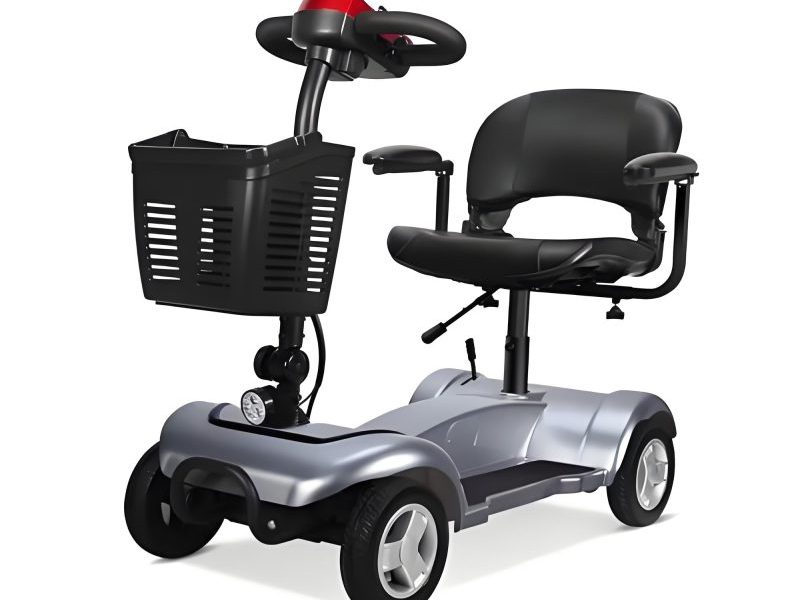
Quiet and Smooth Operation
The drive motor utilizes a brushless DC motor that operates at only 55 decibels—equivalent to the sound of normal conversation. This is significantly quieter than traditional fuel-powered vehicles, which typically produce around 70 decibels of noise.
This low noise level ensures that the vehicles can operate in ward areas without disturbing patient rest. The motor's efficient design also conserves battery power, extending operational time between charges and reducing the need to rely on the backup battery.
When starting, the vehicle's acceleration smoothly increases from 0 to 5 km/h over 2 seconds, avoiding the jarring impact of sudden acceleration. This gentle acceleration is particularly suitable for transporting post-operative patients who may be experiencing discomfort or weakness.
The electronic control systems that manage this smooth acceleration are designed to operate efficiently on the vehicle's power system, with the backup battery ensuring that these systems maintain their performance even during periods of high power demand.
Intelligent Assistance Systems
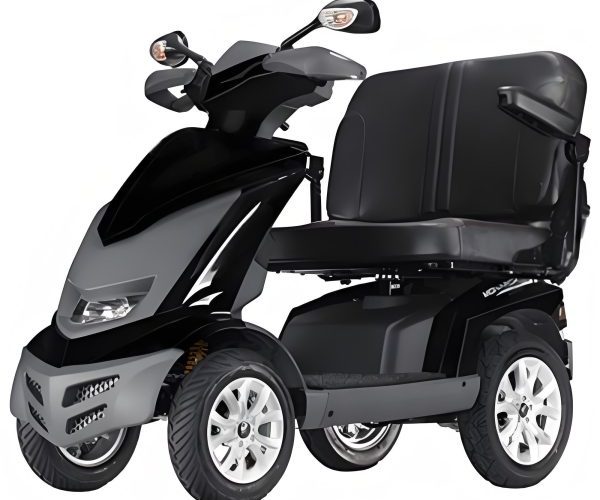
Collision Avoidance
Vehicles are equipped with front and rear parking sensors and high-definition cameras. The radar detection range reaches 2 meters, providing real-time monitoring of surrounding obstacles.
When approaching an obstacle within 50 centimeters, the system activates an audible and visual alarm, helping prevent collisions in busy hospital environments. These safety systems are continuously powered, with the backup battery ensuring operation even during main power interruptions.
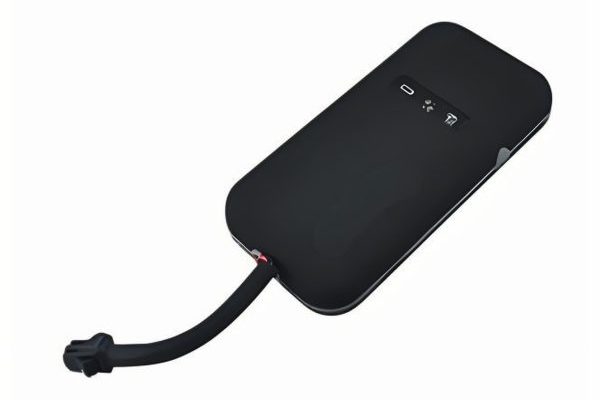
GPS Tracking & Dispatch
Onboard GPS positioning provides accuracy within 3 meters, facilitating real-time vehicle dispatch by hospital logistics departments and improving operational efficiency.
The tracking system includes battery monitoring capabilities, alerting staff when power levels are low and when the backup battery is engaged. This ensures that vehicles are always available when needed and can be scheduled for recharging before power levels become critical.
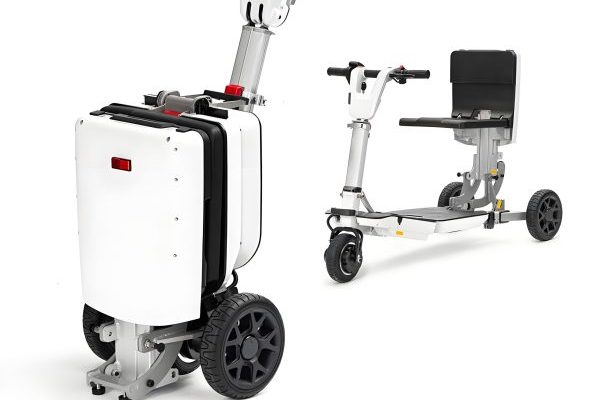
Visibility & Identification
The vehicle body features a soft off-white color with light blue stripes, conforming to the clean aesthetic of medical environments while ensuring high visibility.
This distinctive color scheme makes the vehicles easily recognizable in complex hospital traffic environments, enhancing safety and operational efficiency. The LED lighting systems that further improve visibility are designed to be energy-efficient, reducing drain on both the main and backup battery systems.
Comprehensive Safety & Reliability
Every aspect of these vehicles is designed with the unique demands of healthcare environments in mind, from the advanced battery systems with reliable backup battery support to the specialized features that protect passengers and medical supplies alike.
Advancing Healthcare Through Innovation
These specialized battery-powered vehicles represent a significant advancement in healthcare logistics and patient transportation. By combining ergonomic design with advanced technology—including reliable battery systems with essential backup battery support—they address the unique challenges of medical environments while enhancing safety, comfort, and operational efficiency.
From transporting patients with mobility challenges to ensuring the safe delivery of temperature-sensitive medications and diagnostic specimens, these vehicles play a crucial role in modern healthcare operations. Their quiet operation, precise control, and reliable performance—supported by robust battery systems and backup battery redundancy—make them indispensable tools in today's medical facilities.
As healthcare continues to evolve, these specialized vehicles will undoubtedly play an increasingly important role in improving patient outcomes, enhancing operational efficiency, and supporting the vital work of healthcare professionals. The integration of advanced battery technology, including sophisticated backup battery systems, ensures that these vehicles can meet the demanding requirements of medical environments now and in the future.
Learn more